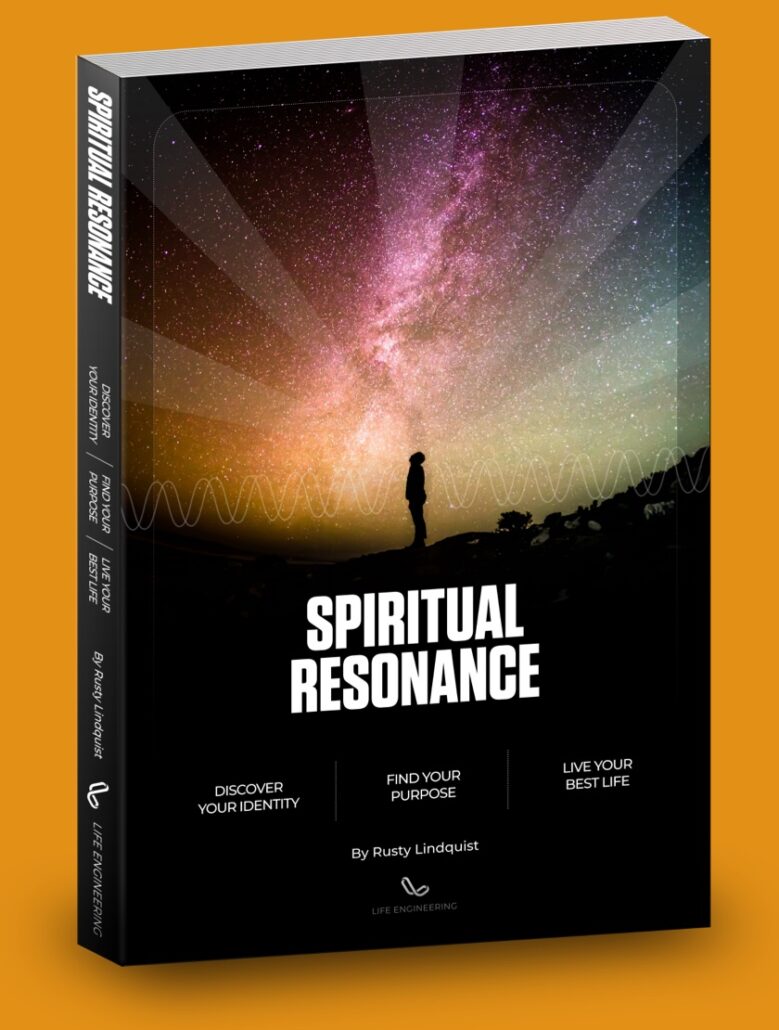Free Course: Alignment Staying on Course Free Course: Alignment From our 16 Elements series, and a part of the Act Pillar, Alignment …
FAULT TOLERANCE – MANAGING SHAME AND SELF-FORGIVENESS
articles
Background
I’m a member of several psychology, neurology, and cognitive/behavioral groups on LinkedIn, where I’m able to participate in a lot of great discussions.
Today, I came across a study being conducted by Deryck Thake, a student researcher from the University of Leicester School of Psychology. Deryck is studying the nature of shame and self-forgiveness and their relationship with health and personality.
This is such an important topic and one that I’ve recently been exploring in my book, so I thought I’d talk a little about it here (a small sneak-preview).
Two great obstacles
As a software engineer, I’m constantly focused on constraints. Hardware constraints, resource constraints, budget constraints, market constraints, technology constraints, bandwidth constraints, and more. There are always things that stand in the way of your objective.
In life, it’s no different. Two of the largest obstacles people often face as they endeavor to change are those of shame and self-forgiveness.
Plagued with the memories of past mistakes, people become:
- riddled with self-doubt.
- mired in shame and discouragement.
- preoccupied with the past.
- fixated on their faults.
- plagued with depression.
It’s extremely difficult, if not impossible, to labor under these kinds of constraints and make any meaningful progress in life.
Moving on
I like the metaphor of a rocket ship held on the ground by the gravitational pull of the earth. That rocket ship has to reach escape velocity, the speed at which it has the required momentum, to escape gravity.
Like that rocket ship, we’re held captive by the gravitational pull of our past, of our present, of the way others see us and the way we see ourselves. But like that rocket, there are things we can do to reach our own sort of escape velocity.
What’s our first problem? Perspective.
Step 1: The catalytic moment
Having become so riveted on the negative, we frequently fail to see the positive. We fail to look forward; it’s like trying to drive ahead while staring in your rear-view mirror (see this post). It just doesn’t work.
Those stuck in this stage are in need of what I call a catalytic moment—that blessed moment of clarity when you’re lifted above your circumstance to gain perspective. That perspective lets you envision a better destination, and that destination gives you the desire to change.
Sometimes this catalytic moment can seem elusive. But often it can be encouraged by a few core realizations, the first of which is an old engineering principle called “fault tolerance.”
Fault tolerance is where you design a system such that it is capable of tolerating fault without shutting down. Life can be the same. Faults, errors, mistakes, and failures are all part of life. They’re part of learning; they’re part of growing. They provide the opposition necessary for growth and development (see this post). We can even train our selves through failure conditioning (this post), so when we fail, we do so on our terms. We can acclimate ourselves to faults and failures so that our response when they come is always positive.
Often even a small degree of fault tolerance in one’s perspective can be enough to lead to a catalytic moment. Sometimes it must be augmented with a moment where we see something better and yearn for it. Often it involves discovering the light within, a realization of our own human potential (each of which are discussed in greater detail in the book).
Those people who suffer from shame can be helped to realize that having done bad things does not make you a bad person. That perspective transitions shame to guilt (the more positive manifestation of the two), which can help fuel the next stage.
What’s our biggest problem now? Inertia.
Step 2: Phase 1 Propulsion

Escape velocity – generating the momentum to escape our past and change our future
This is where the big boosters are used. This phase is all about emotion. At this point we’re in the heat of the moment (the catalytic moment, which has infused us with the desire to change).
But this initial propulsion of emotion is often short-lived. How often have you known someone (or even yourself) who has been convinced they were going to change, with total conviction, seemingly endless motivation, but then fail to do so?
That’s because these phase 1 rockets, this emotional motivation, soon gives way to the still-unyielding pull of gravity. Unfortunately, it hasn’t taken us far enough away (nowhere near escape velocity) to reduce gravity’s effects even slightly.
What it has given us is positive momentum. It’s gotten us off the ground, and that’s substantial.
What’s our biggest problem now? Sustained momentum and an accurate trajectory.
Step 3 and beyond
The next steps toward reaching escape velocity will be discussed in more detail in the book, but include principles like:
- Controlled Failure
- Making the most of microcosms
- Change blindness and the “all of a sudden” syndrome
- We are the product of our thoughts
- Finding your own personal sweet spot
- Self-imposed limitations
- Cycle time
- Overcoming entropy
- Straining toward achievement
- It’s all about attitude
- Hope
- Measurement
-Rusty
Note: Thank you for being here. Remember, you matter and you can make a difference. Please share this post with someone else and come back for more.
Share this
with someone who might need it
keep reading
The turkey effect How to learn who you are and live your best life raising turkeys People often wonder “who am I?”; …
HOT HANDS HOW identity POWERS PEAK PERSONAL PERFORMANCE HOT HANDS There’s a well-known phenomenon in sports called “Hot Hands.” It’s the idea …
Know Thyself The Key to Unlocking Your Full Potential Know thyself Nestled deeply on the slopes of Mount Parnassus in Greece is …
Employee satisfaction is closely tied to performance. When satisfaction levels rise, productivity, customer service, and profits tend to rise too. Employee turnover slows down and it becomes easier to recruit new talent. See how your team, leadership, and shareholders can benefit from a company culture that emphasizes employee satisfaction.
If you want your customers to be happy, you need to think about employee satisfaction. When employees like their workplaces, they are more effective at their jobs and provide better customer service. Learn more about the link between the employee and customer experience and how to measure employee satisfaction.








Responses